This is something I do very often. Last year, I would have done it ten times in a week. This year I'm more adventurous, and my repertoire of routes has expanded, but I still take this bridge at least four times a week.
The Charlevoix bridge gets you from the south side of the Lachine Canal, to the north side. It's a good way to get across the canal.
If you prefer tunnels to bridges, there is also the Atwater tunnel a little further west that serves the same purpose. When I was a kid and we would take the Atwater tunnel on our way to visit my relatives on the south shore, my sisters and I would always bug my dad until he honked the horn in the tunnel. With the windows down in the summer you'd get the mad echoing of the horn that always made us giggle. I haven't gone that way on my Vespa. I'll have to do that before the season ends to see what a Stebel air horn sounds like in the Atwater tunnel.
Today both sides of the Lachine Canal are being re-developped with condos and lofts. The building you see in the picture above is a condominium loft development. The shores of the canal are a linear park with bicycle paths that take you from the old port downtown, all the way to the shores of Lake St-Louis in the west end. What was once a dismal and decaying industrial zone is now a really nice green space.
Here's a Google maps satellite view of the bridge and its surroundings.
The canal is open to pleasure craft and is the easiest way to take a motor boat from the lake to the port of Montreal. From there, in theory, you could sail for Europe.
You might have a shot at it in a decent sailboat, but first you'd have to lower the mast to get through the canal. Back in the 1960's when the canal was still a vital commercial waterway, all the bridges would open to allow the taller shipping to navigate the canal. Since pleasure boats don't need the extra clearance, the mechanisms have been dismantled and the bridges are all permanently fixed.
The Charlevoix bridge was a turntable bridge rather than a lift bridge like the Gauron bridge further west. If you venture under the bridge on the pedestrian path or the bike path, you can still see the turntable mechanism with some of its gears. None of it is in working order and it's obvious that some of the key ingredients are no longer in place.
The bridge deck, like many movable bridges, is a metal grid that you see pictured below. With the decommissioning of the turntable, portions of the grid were filled with concrete to make the ride more comfortable for people in cars, and presumably safer for bicycles.
If you ride a scooter or a motorcycle, you can choose to ride on the grid portion, or the concrete portion.
I used the grid portions all last year and early this year as practice for my assault on the Victoria bridge. For an account of that crossing and what it feels like to negotiate a long metal grid deck bridge at speed, click here.

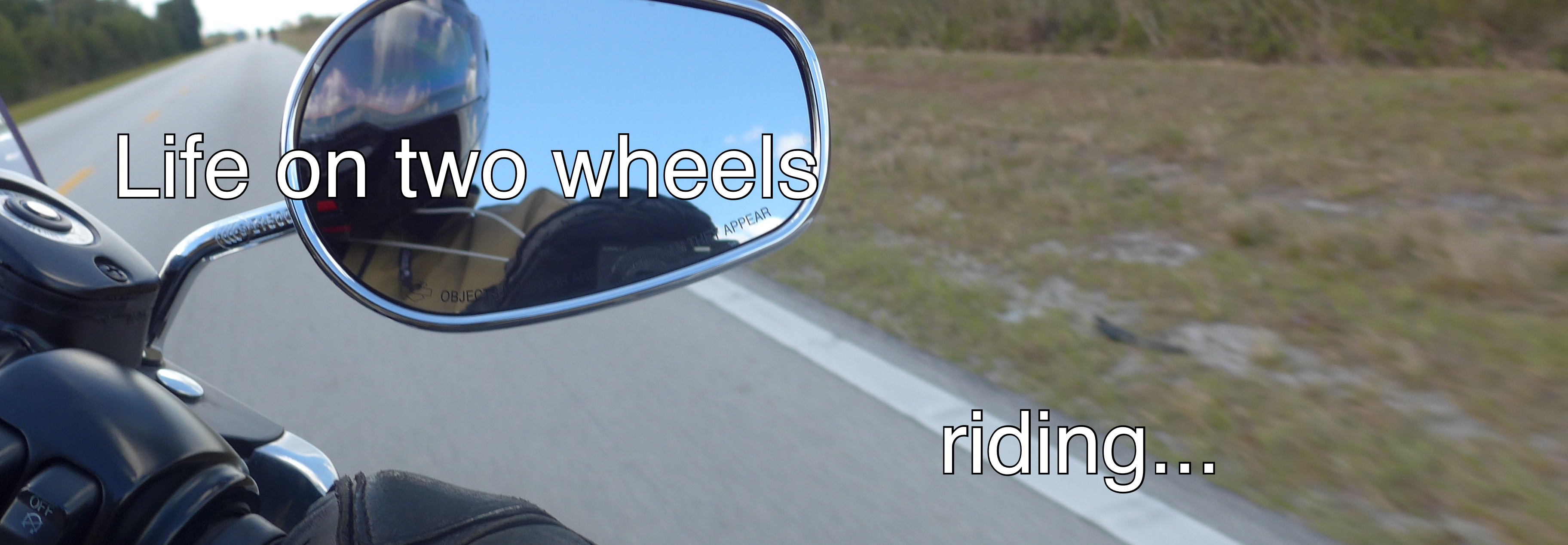
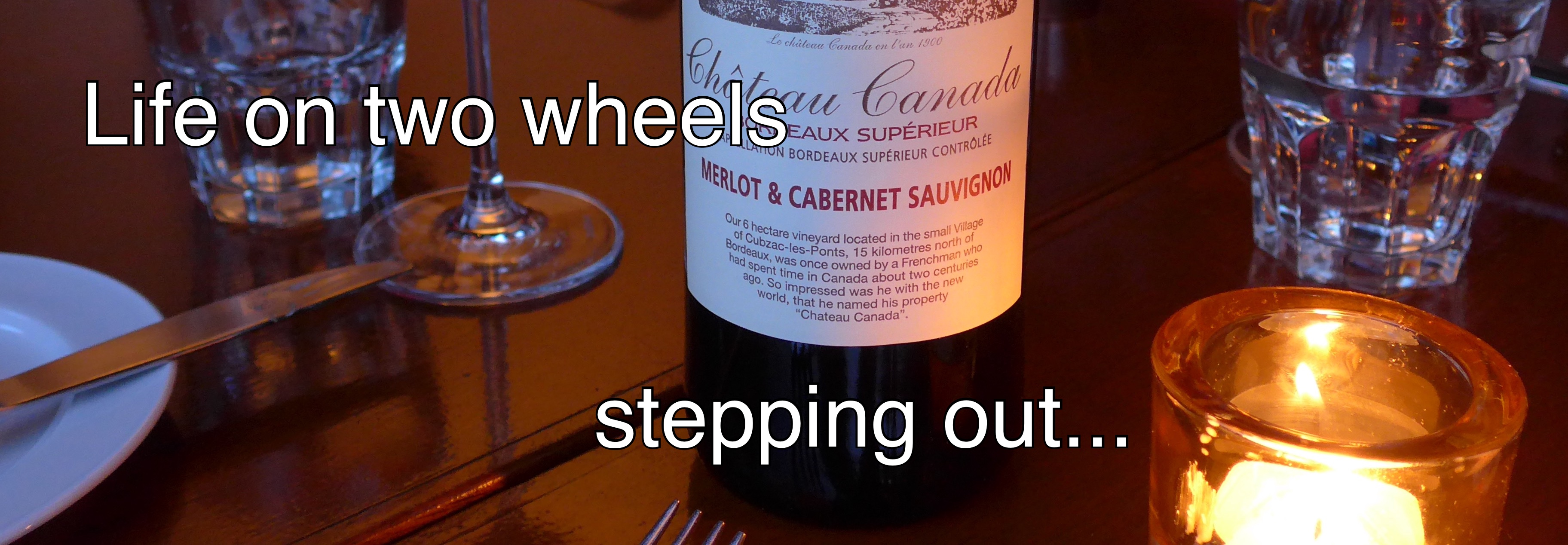

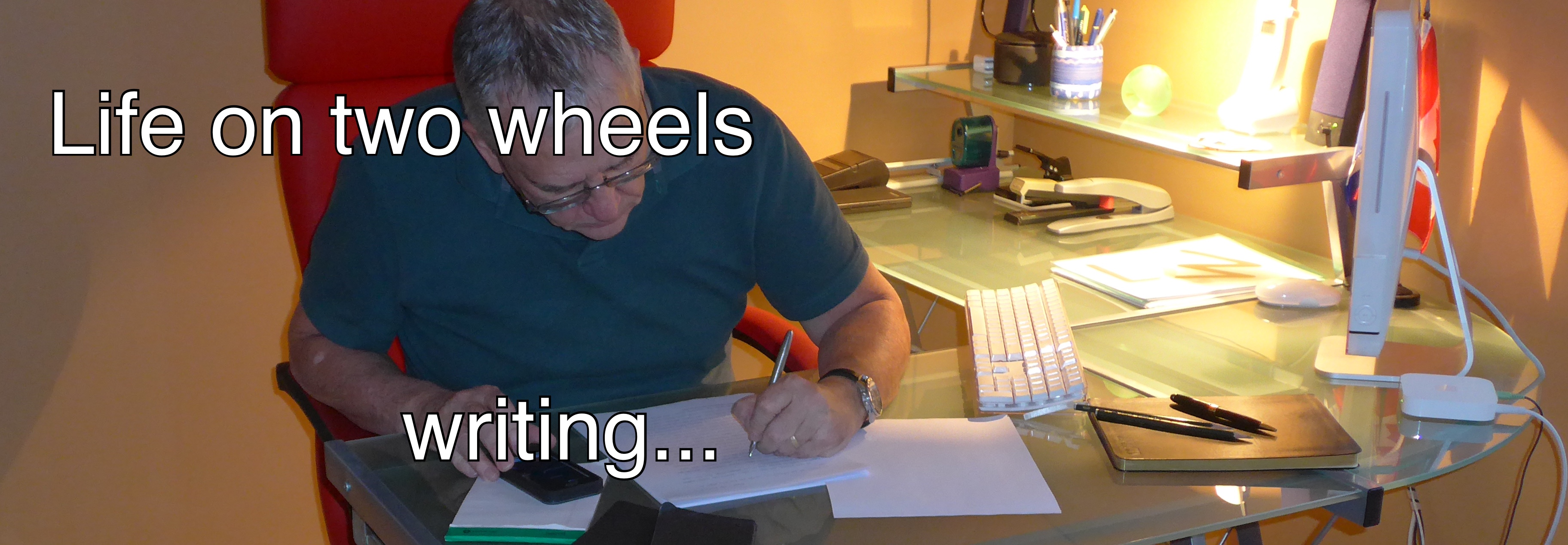

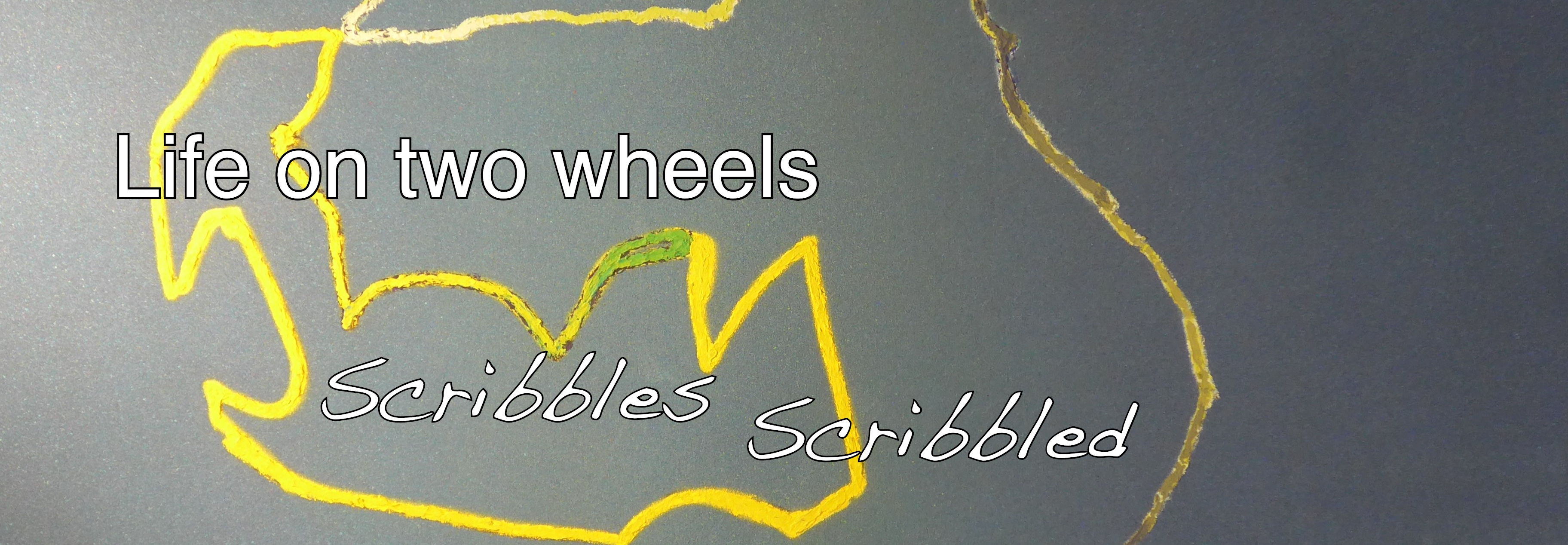
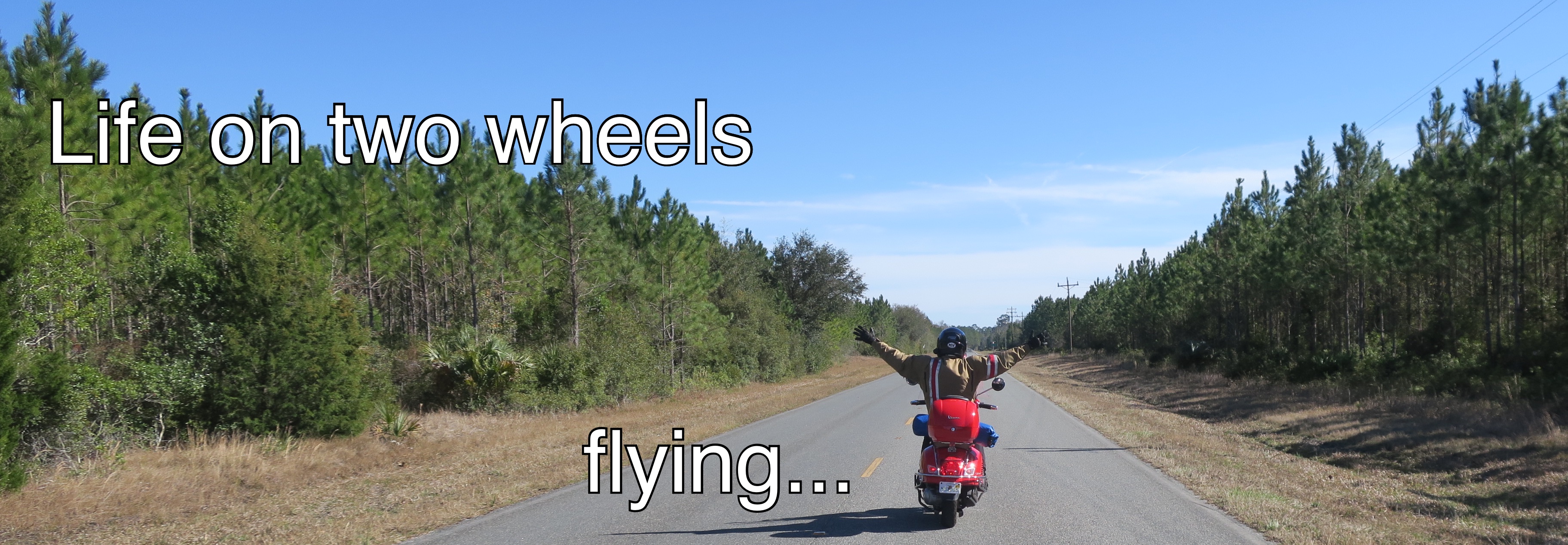






2 comments:
David, what a wonderful shot of the bridge. Bien fait! Its architechture reminds me once again of Europe. I am planning on visiting Montreal next year for the Jazz Festival...
Please tell me there there a scooter rental downtown. Maybe we can hook up for a Café au lait?
Sonja, if you do come to the festival, I will be pleased to lend you my Vespa so you can ride around. Maybe by then I will be up to GTS, maybe even an MP3. The main Vespa dealer Alex Berthiaume & Fils rents Vespas, including GTs I believe, also MCs.
Post a Comment